Memoirs of Miami’s modern impresario Alan Faena
A new book published by Rizzoli documents the rise and rise of the Argentinian visionary
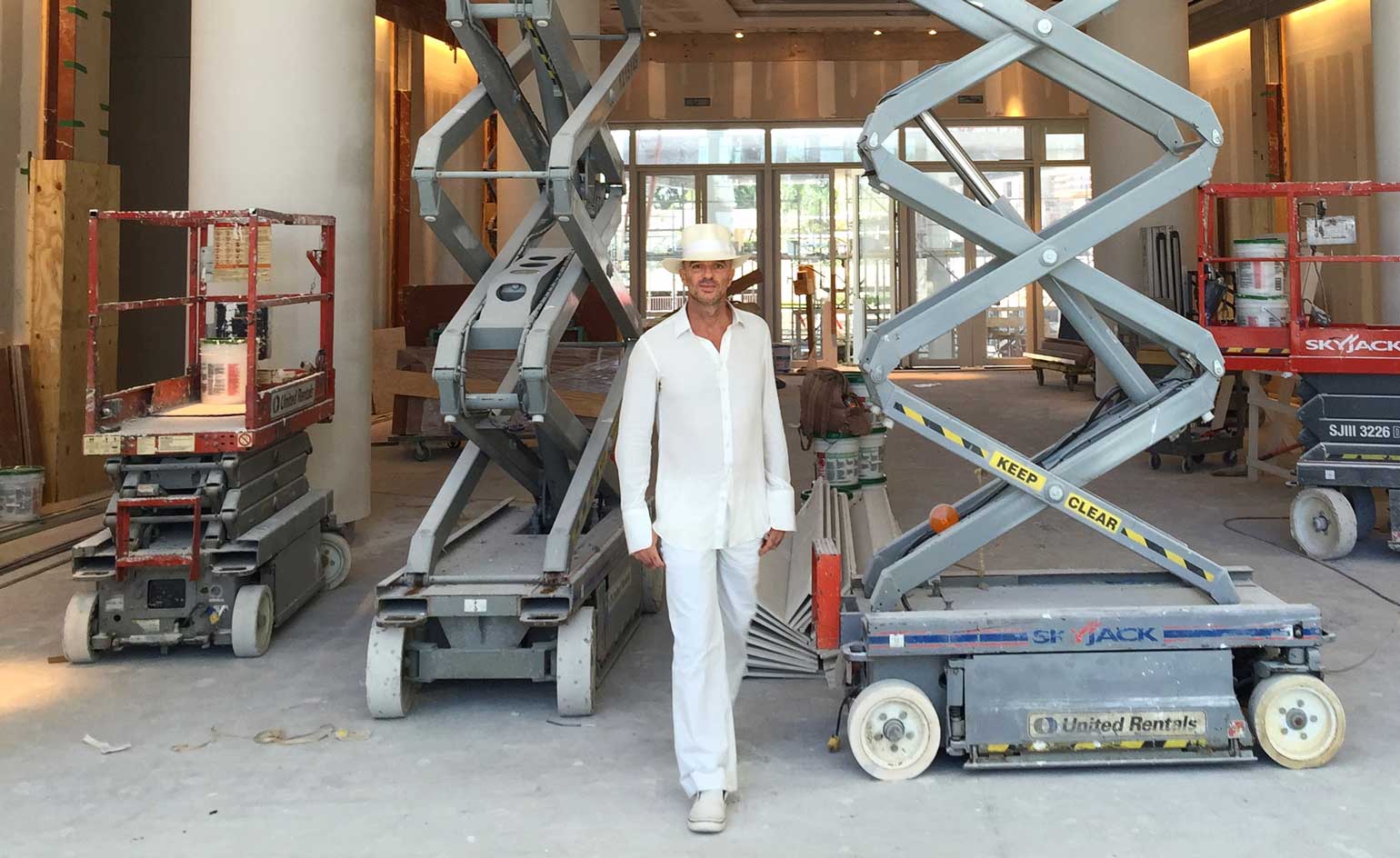
It could be seen as a little forthright to write a memoir in your mid-50s. But Alan Faena gets away with it. The fashion designer turned real estate extraordinaire has packed more into his 55 years than most could in multiple lifetimes. In Alchemy & Creative Collaboration, Faena lavishly documents his journey from obscurity, to a galvanising international force in architecture, art, and hospitality, known for development work in his native Argentina, and his billion-dollar district in Miami.
To understand Faena is to understand his upbringing. In Buenos Aires, Argentina, where Faena was born, the 1960s arrived late. With mere glimpses of counter-culture and protest in the second half of the decade, those who participated in cultural and political change were forced underground or into exile by the mid-1970s. Born in 1963, Faena was a teenager when local creative youth first began to exercise their newfound freedom. He describes the early fashion shows of Via Vai (the label he founded aged 19), as ‘a chance for an entire generation to experiment with self-expression, quite often for the first time in their lives.’ His clothing became, in his words, ‘its own social movement'.
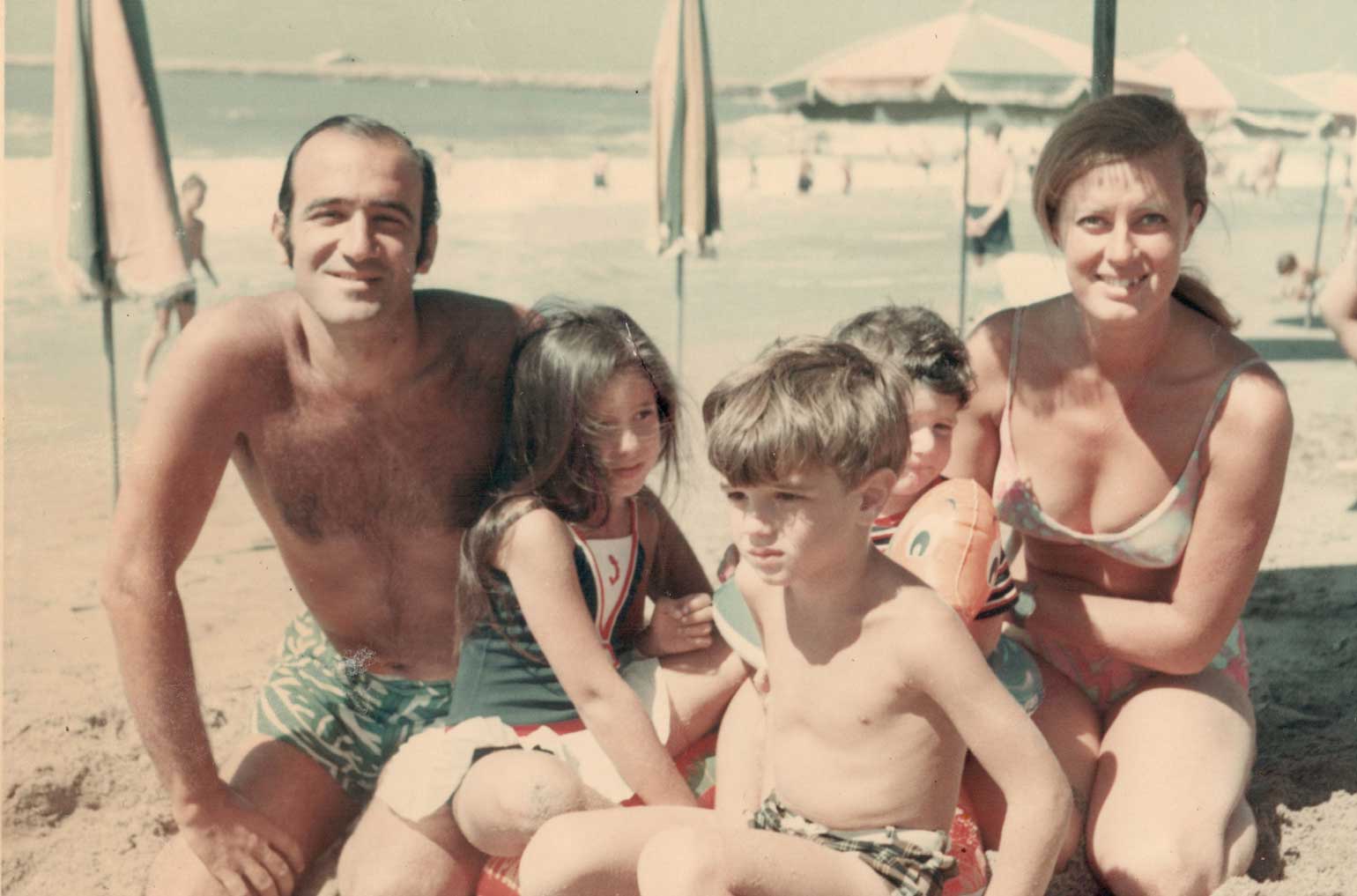
Faena as a child, on a family vacation in Mar del Plata, Argentina, in the late 1960s
As Faena's narrative unravels, it becomes increasingly memoir-worthy. Faena's romance with Via Vai co-founder Paula Cahen d'Anvers is movie-love fated. When they separated, he sold the label because of a broken heart, despite its prestige as the first Argentinian fashion brand to garner significant international acclaim. ‘The clothes were just one ingredient to reach across all aspects of art and culture,' he writes, hinting of his interdisciplinary ascension, just around the corner.
Not before a filmic, plot-twist stint as a gardener, however, to which a significant, 30-page chapter of the book is dedicated, suggesting its importance. In 1995, he moved to the Uruguayan coastline of Punta del Este, to grow roses by the sea in a remote and abandoned homestead owned by his fathers' business associate. Of course, people thought he was crazy. ‘But that's always been the case when I start a new chapter or project: most people immediately write off my dream as an impossibility; many ready to quash the idea as too risky or doomed to fail,' Faena explains. ‘But I don't dream small.'
After two-and-a-half years living in the curative gardens of Tierra Santa, Faena felt compelled to exercise his creative will in the ‘real world' again, taking all he had learnt on Uruguay's powerful shores, and reinvesting it in public expressions.
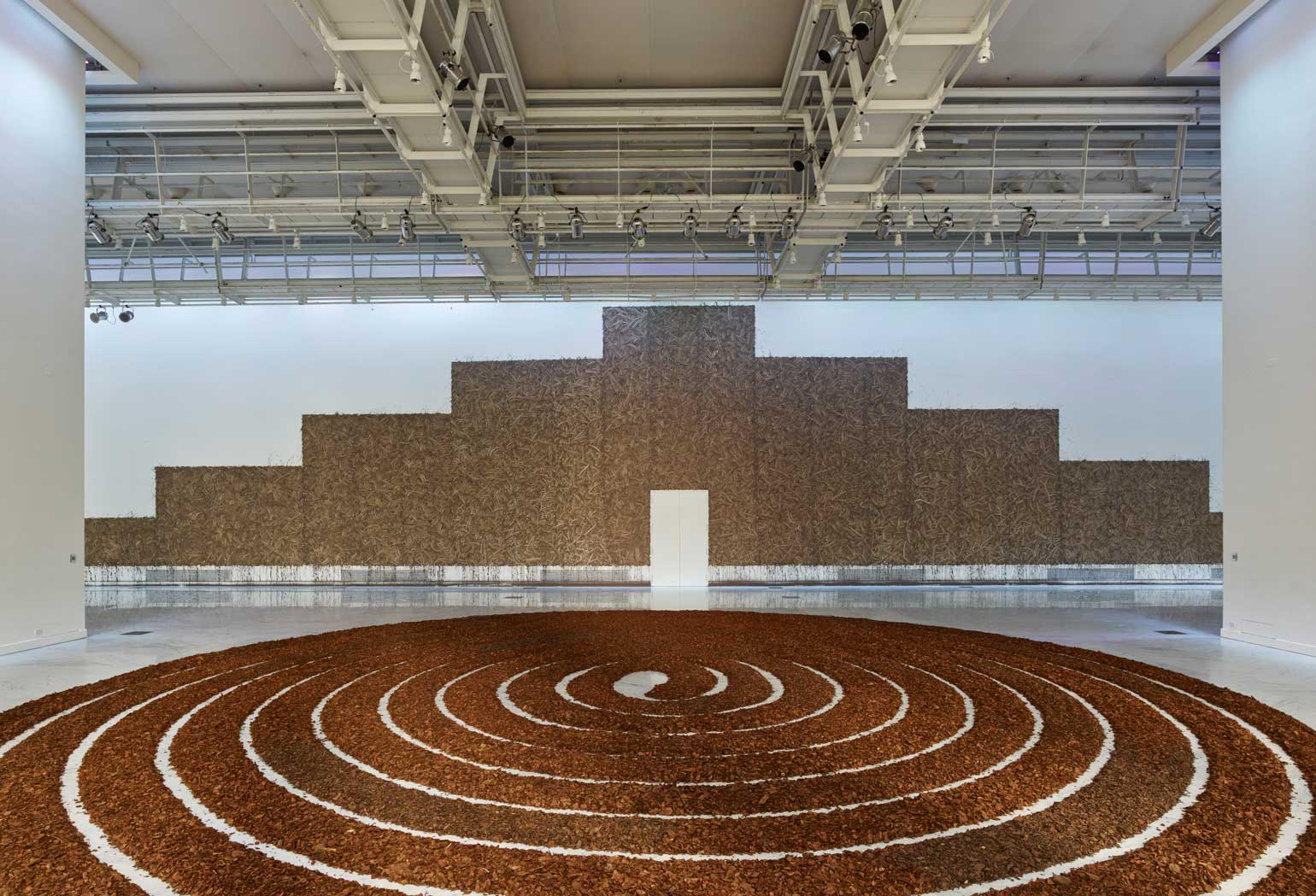
Mendoza Walking, by Richard Long, 2014, at Faena Art Center, in Buenos Aires, Argentina
His mind moved towards the hospitality industry. With an idea to create a multifunctional cultural destination, he travelled back to Buenos Aires with one designer in mind to make his ambitions a reality: Philippe Starck, who Faena describes as ‘practically king of the world at the time’. Faena ‘courted’ him long-distance for the best part of a year, with photo-postcards of Buenos Aires, writing on each, ‘Philippe, Argentina needs you'. By 1999, with little more than ‘vision and sincerity' it paid off, and the somewhat unlikely duo started work together, reinvigorating the then-derelict dockland of Puerto Madero. ‘This new space, I knew, would encompass all of my passions: design, culture, technology, art, architecture, food, taste, dancing, music, meaning, life. From day one, I saw it as building another paradise, just as I had done with Tierra Santa.'
Success after well-documented success followed. The Starck-designed Faena Hotel opened in October 2004; the waterfront Faena Art Center opened in 2001 inside one of Argentina’s famed flour mills; the Norman Foster-designed Faena Aleph Residences completed in January 2013 (marking Foster + Partners' first project in Latin America). In all, the Faena District, (estimated to be a $200 million development), is the most valuable real estate in Buenos Aires.
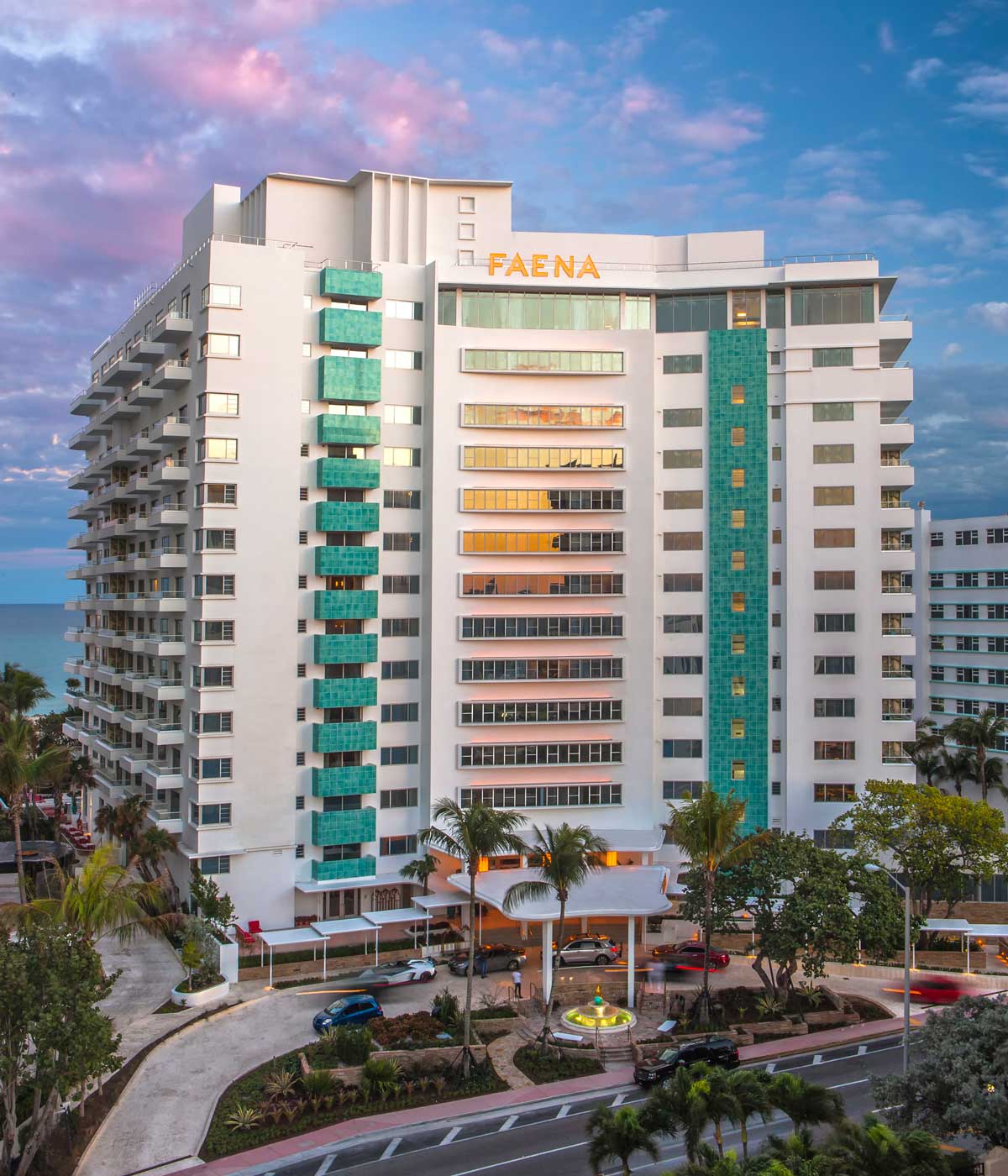
The Saxony, a gem of Miami’s golden art deco era, as seen in 2019, reborn as the Faena Hotel. ’The facade of the building was historically protected, but even if it hadn’t been, I would never have touched it,’ says Faena
Next stop, Miami; the US gateway to the dance, liason and intrigue of Latin America. ‘For many of us in Latin America, Miami is also seen as the gateway to the United States,' Faena writes. He first visited as a child, and fell in love with its unique cultural codes, its glamour, and its comfortable familiarity: the blue horizon is the same as the one he sees from his stretch of beach in Punta del Esta.
Faena's first Miami moment was the redevelopment of The Saxony (pictured above) in a then-forgotten area of Mid-Beach, which he would transform into a ‘place charged with energy and physical beauty'.
‘Faena Miami Beach is a place of art, of music, of theatre, of dance and romance, of food and wine, of lovers' kisses and children's laugher, of purpose, of poetry.' – Baz Luhrmann
Predictably, the Faena Hotel was just the start of Faena's Miami macrocosm. With the help of his newfound ‘collaboratory' (a dream-team of the ‘world's greatest minds'), Faena had his heart set on creating a Puerto Madero-esque Faena District in Mid-Beach. To realise this cinematic vision, he enlisted not just architects and designers, but masters of a diversity of creative disciplines. Film director Baz Luhrmann, costume designer Catherine Martin, artist Juan Gatti, Antwerp-based collective Studio Job, composer Michael Nyman.
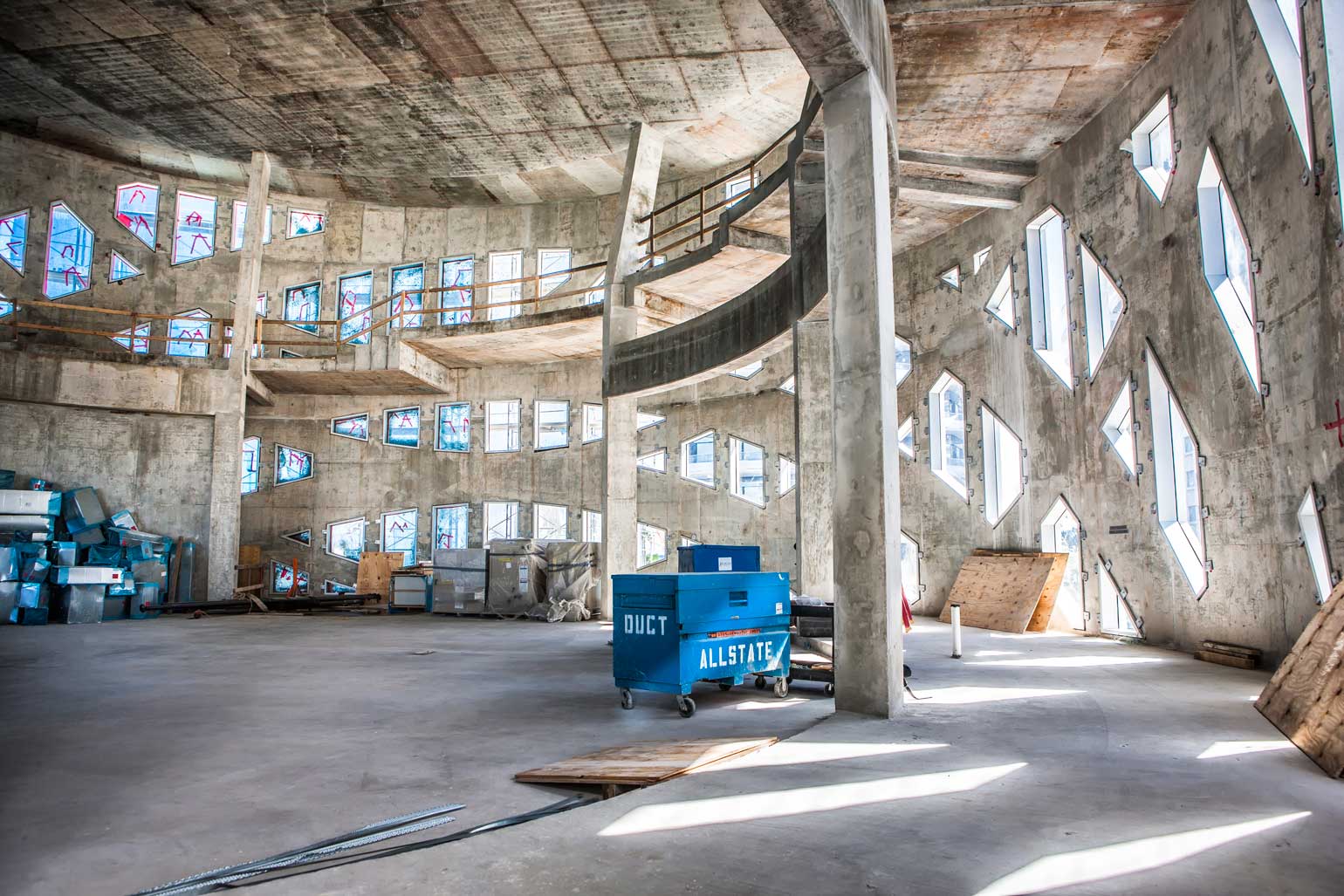
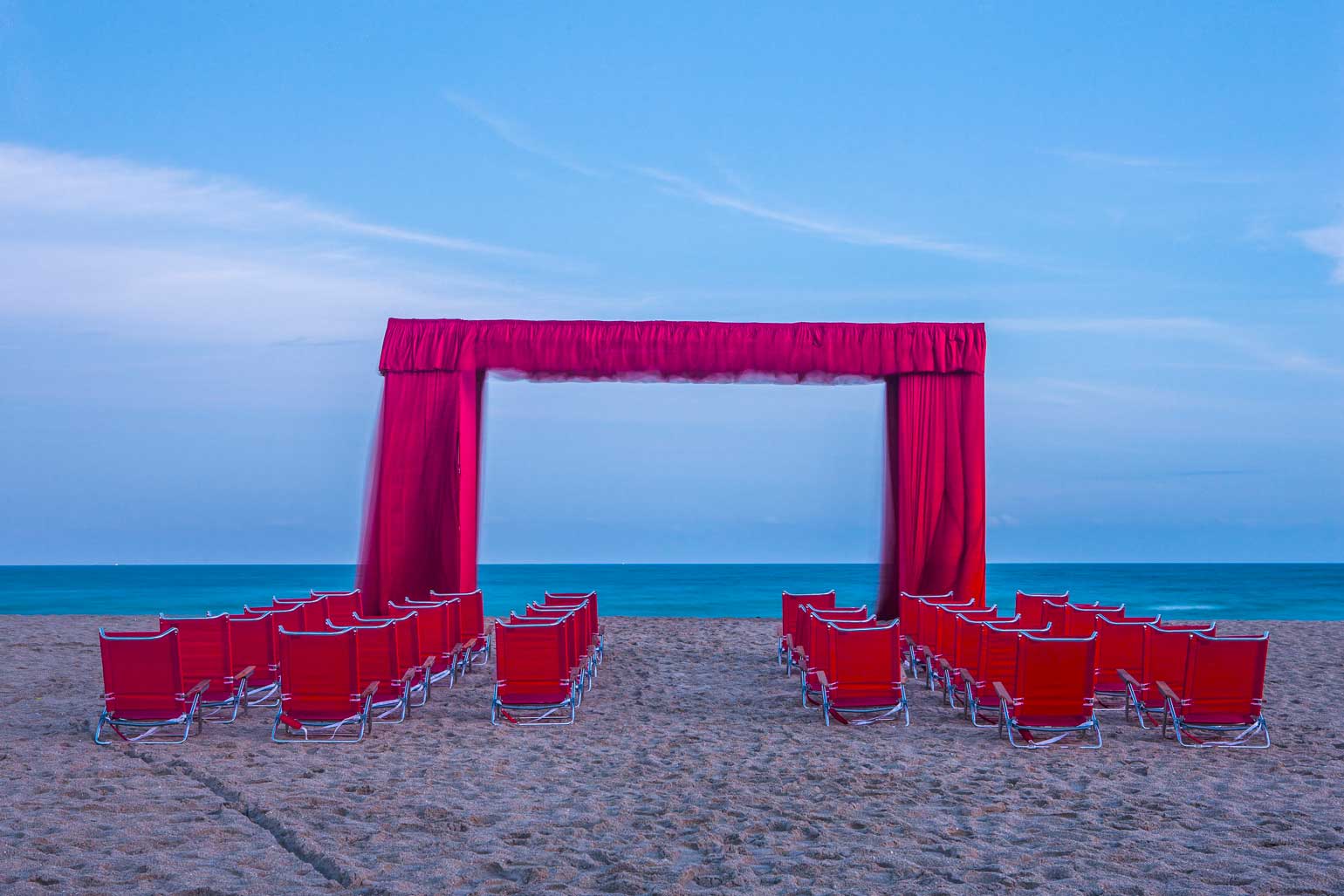
Above, construction process of the Forum, Miami, designed by Rem Koolhaas/OMA, 2016. Below, A Sight to Behold, by Almudena Loebra, December 2015, Miami
Everything came together in a flurry between 2014 and 2016, with the symphonic opening of a six-block project, comprising the 169-room Faena hotel, a 50-room hotel, Casa Claridge’s, three condominium buildings, a cultural centre and retail complex designed by Rem Koolhaas. Decorating this new creative universe, and earning himself the moniker ‘the new Medici', Faena commissioned new work from the likes of Damien Hirst, Jeff Koons, and Los Carpinteros.
Designing with artists, not just developers, was central to the Faena district's reception as a friendly neighbourhood, rather than being intrusive, Faena explains. ‘We didn't build like disinterested machines; we built as humans'. As Sir Norman Foster says: ‘Alan Faena insists on a cultural anchor for his projects. Not just culture in the visual arts, but in blurring the edges between arts and leisure, between the resident community and the visiting energy of the hotel.' Proving its homely quality, Faena has chosen it as his main base.
Despite this, Faena District in Miami is far from the entrepreneur’s swan song. ‘These days I find myself spending more time in Manhattan,' he muses in the epilogue. Knowing the indefatigable Faena, we envisage there might be a future memoir in the works.
Receive our daily digest of inspiration, escapism and design stories from around the world direct to your inbox.
INFORMATION
Alan Faena, Alchemy & Creative Collaboration: Architecture, Design, Art, published by Rizzoli. For more information, visit the website
Elly Parsons is the Digital Editor of Wallpaper*, where she oversees Wallpaper.com and its social platforms. She has been with the brand since 2015 in various roles, spending time as digital writer – specialising in art, technology and contemporary culture – and as deputy digital editor. She was shortlisted for a PPA Award in 2017, has written extensively for many publications, and has contributed to three books. She is a guest lecturer in digital journalism at Goldsmiths University, London, where she also holds a masters degree in creative writing. Now, her main areas of expertise include content strategy, audience engagement, and social media.
-
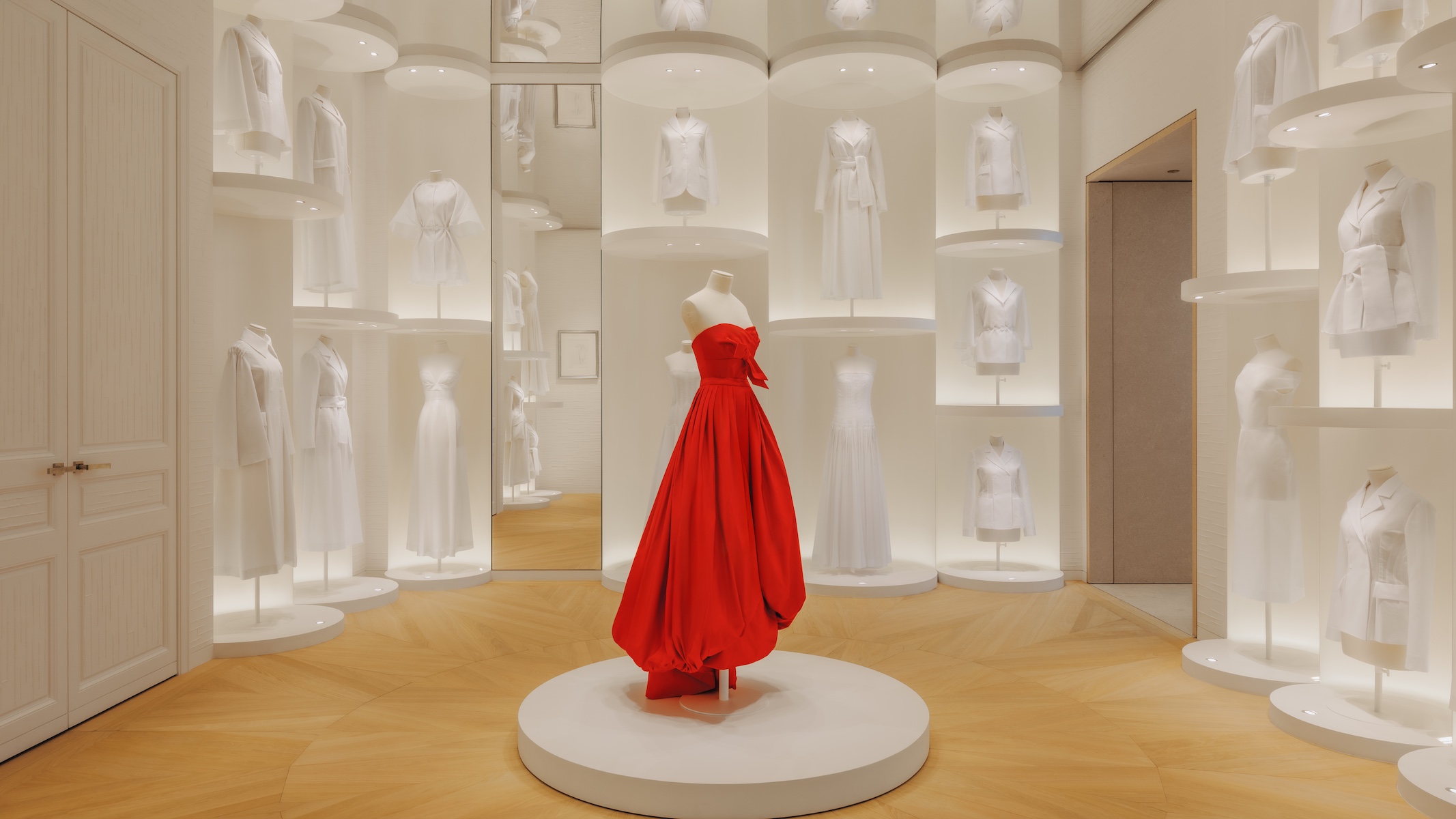 Inside Christian de Portzamparc’s showstopping House of Dior Beijing: ‘sculptural, structural, alive’
Inside Christian de Portzamparc’s showstopping House of Dior Beijing: ‘sculptural, structural, alive’Daven Wu travels to Beijing to discover Dior’s dramatic new store, a vast temple to fashion that translates haute couture into architectural form
-
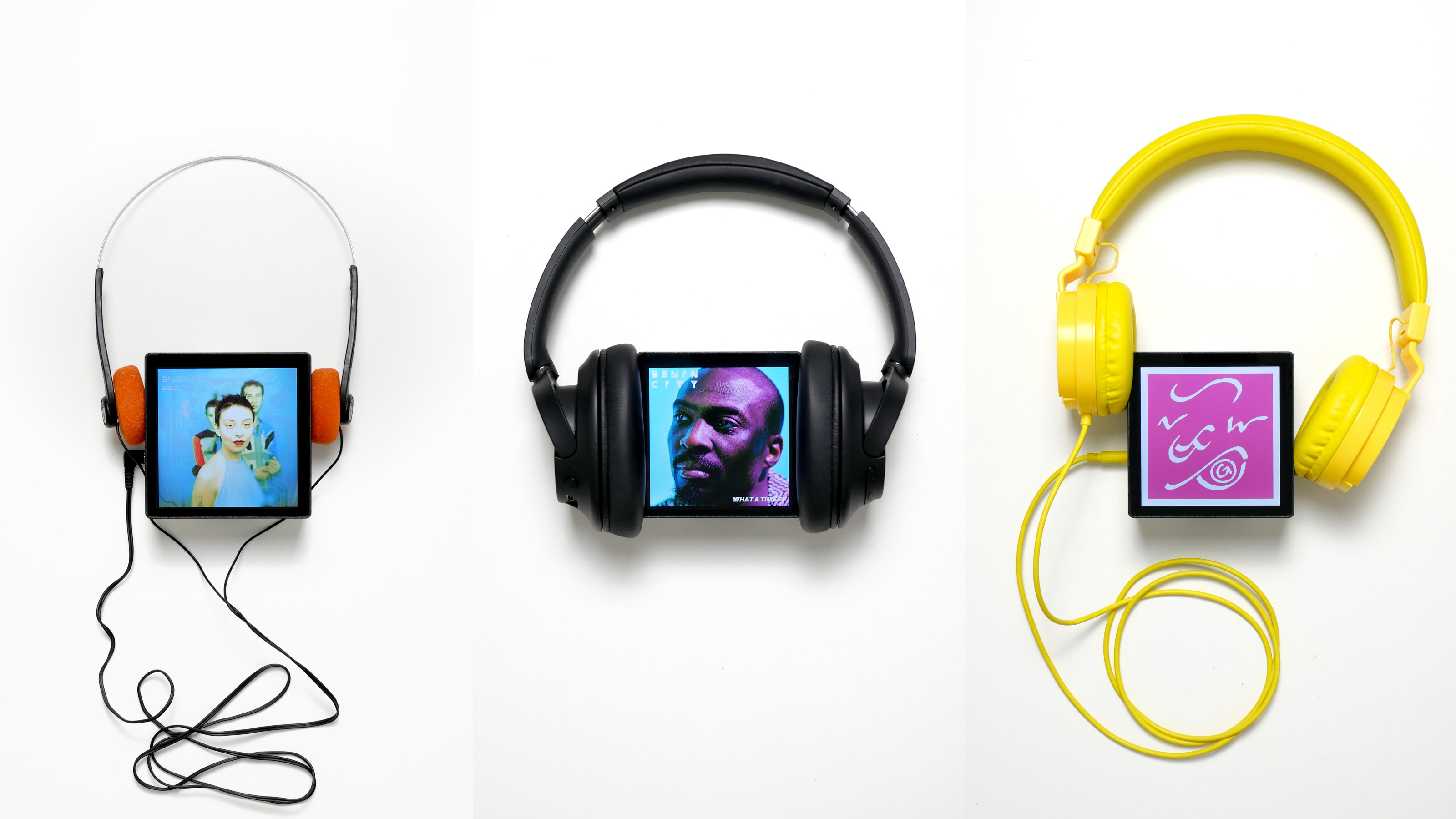 A music player for the mindful, Sleevenote shuns streaming in favour of focused listening
A music player for the mindful, Sleevenote shuns streaming in favour of focused listeningDevised by musician Tom Vek, Sleevenote is a new music player that places artist intent and the lost art of record collecting at the forefront of the experience
-
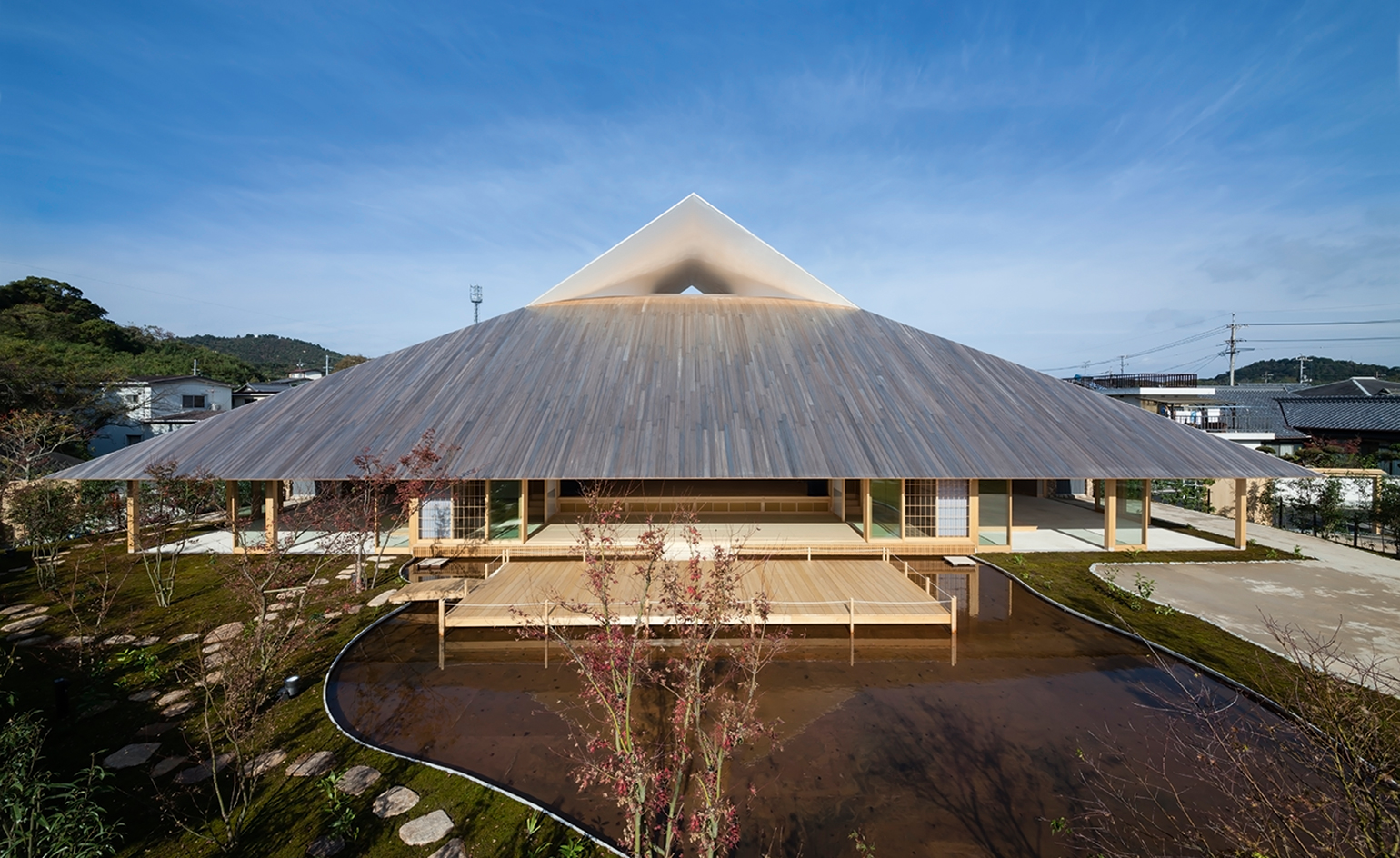 Take a tour of the 'architectural kingdom' of Japan
Take a tour of the 'architectural kingdom' of JapanJapan's Seto Inland Sea offers some of the finest architecture in the country – we tour its rich selection of contemporary buildings by some of the industry's biggest names
-
 Step inside this resilient, river-facing cabin for a life with ‘less stuff’
Step inside this resilient, river-facing cabin for a life with ‘less stuff’A tough little cabin designed by architects Wittman Estes, with a big view of the Pacific Northwest's Wenatchee River, is the perfect cosy retreat
-
 Remembering Robert A.M. Stern, an architect who discovered possibility in the past
Remembering Robert A.M. Stern, an architect who discovered possibility in the pastIt's easy to dismiss the late architect as a traditionalist. But Stern was, in fact, a design rebel whose buildings were as distinctly grand and buttoned-up as his chalk-striped suits
-
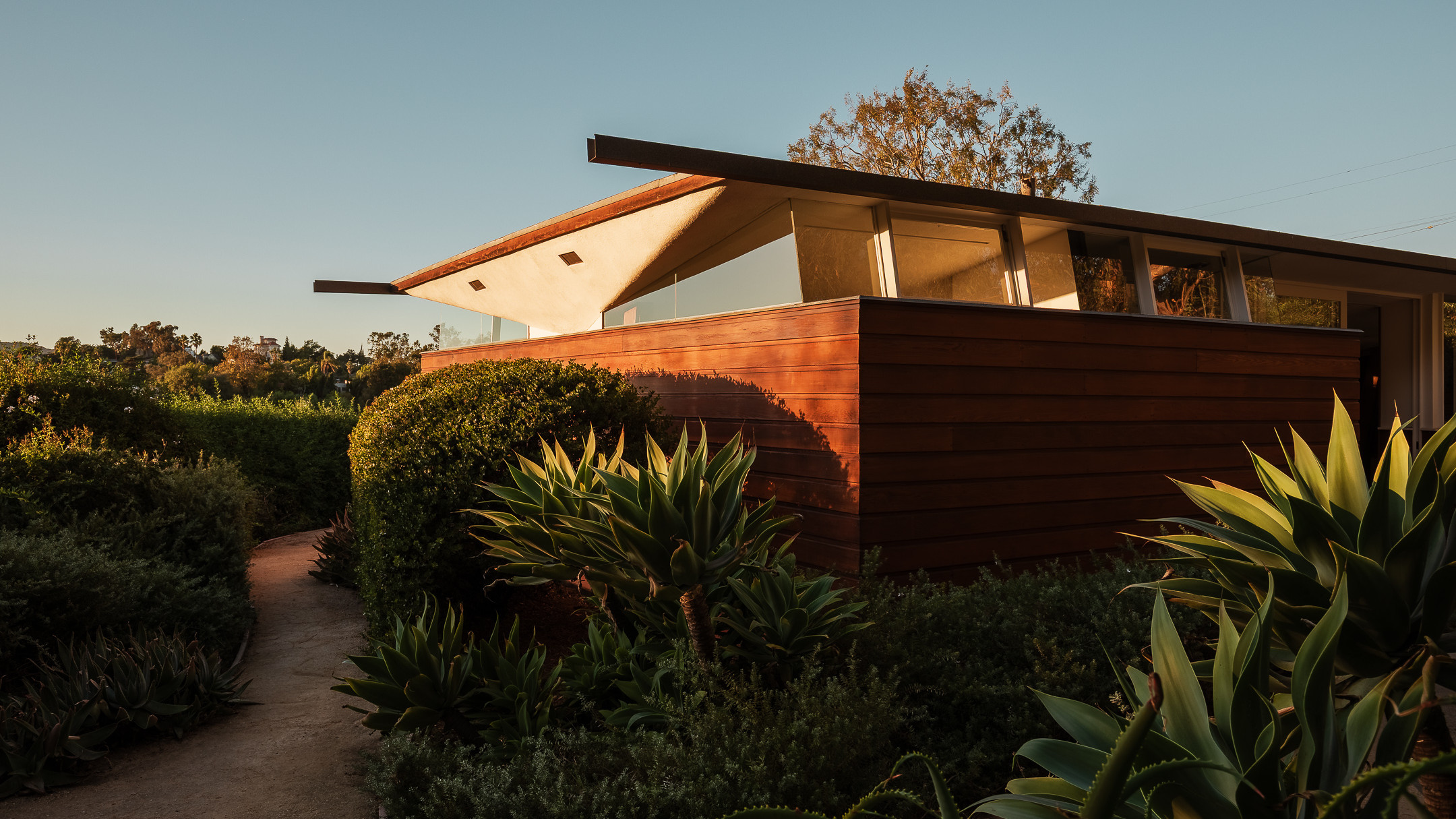 Own an early John Lautner, perched in LA’s Echo Park hills
Own an early John Lautner, perched in LA’s Echo Park hillsThe restored and updated Jules Salkin Residence by John Lautner is a unique piece of Californian design heritage, an early private house by the Frank Lloyd Wright acolyte that points to his future iconic status
-
 The Architecture Edit: Wallpaper’s houses of the month
The Architecture Edit: Wallpaper’s houses of the monthFrom wineries-turned-music studios to fire-resistant holiday homes, these are the properties that have most impressed the Wallpaper* editors this month
-
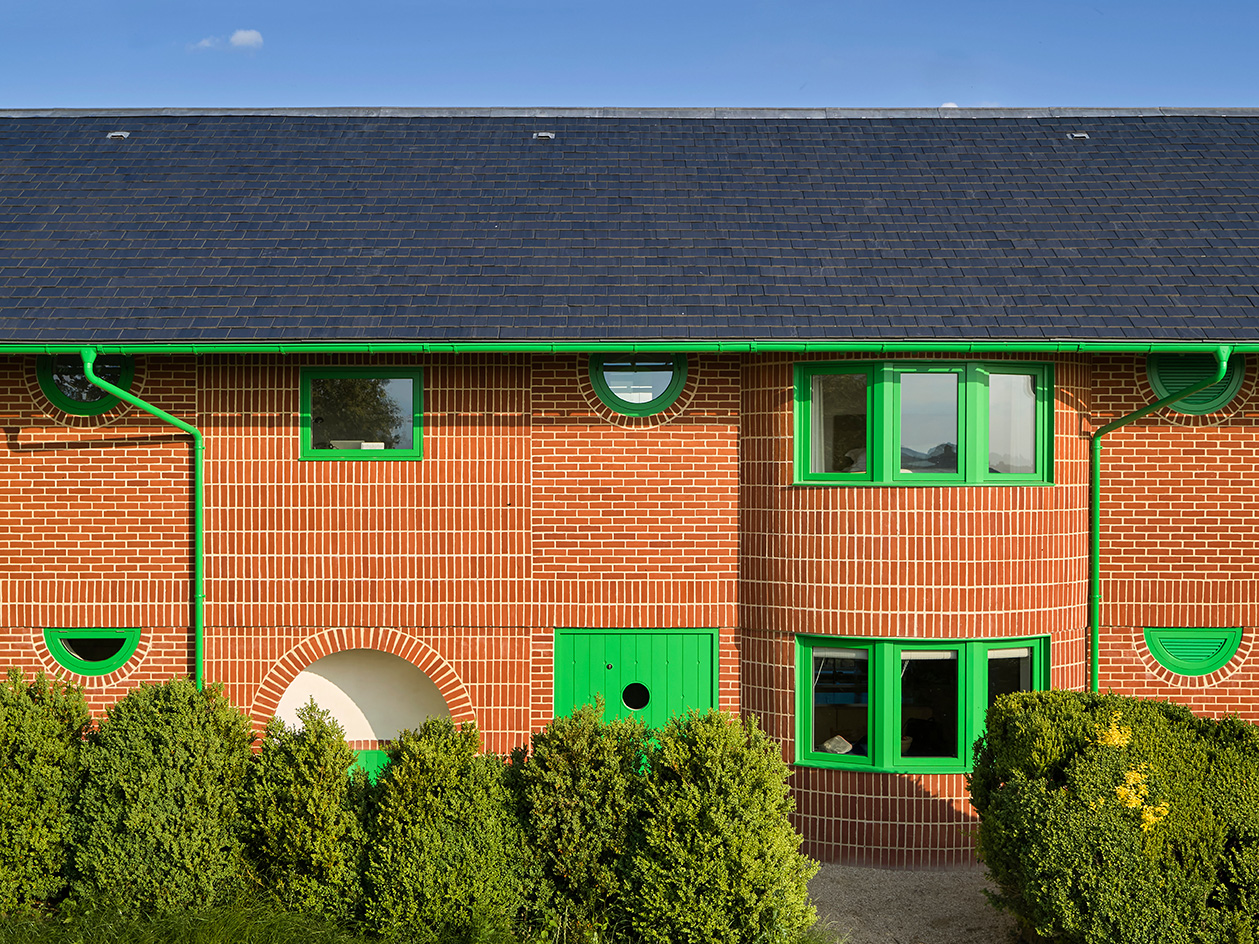 David Kohn’s first book, ‘Stages’, is unpredictable, experimental and informative
David Kohn’s first book, ‘Stages’, is unpredictable, experimental and informativeThe first book on David Kohn Architects focuses on the work of the award-winning London-based practice; ‘Stages’ is an innovative monograph in 12 parts
-
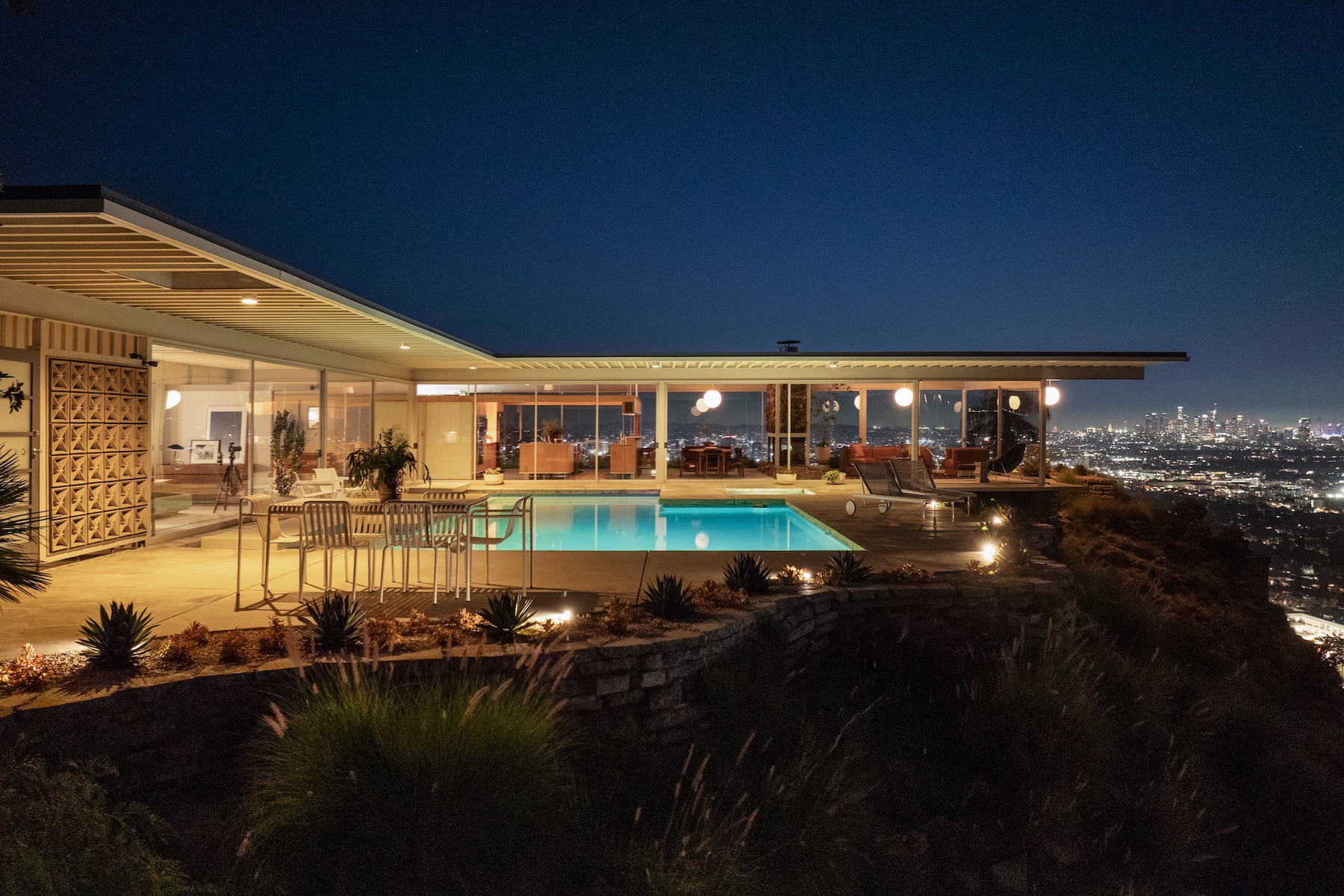 The Stahl House – an icon of mid-century modernism – is for sale in Los Angeles
The Stahl House – an icon of mid-century modernism – is for sale in Los AngelesAfter 65 years in the hands of the same family, the home, also known as Case Study House #22, has been listed for $25 million
-
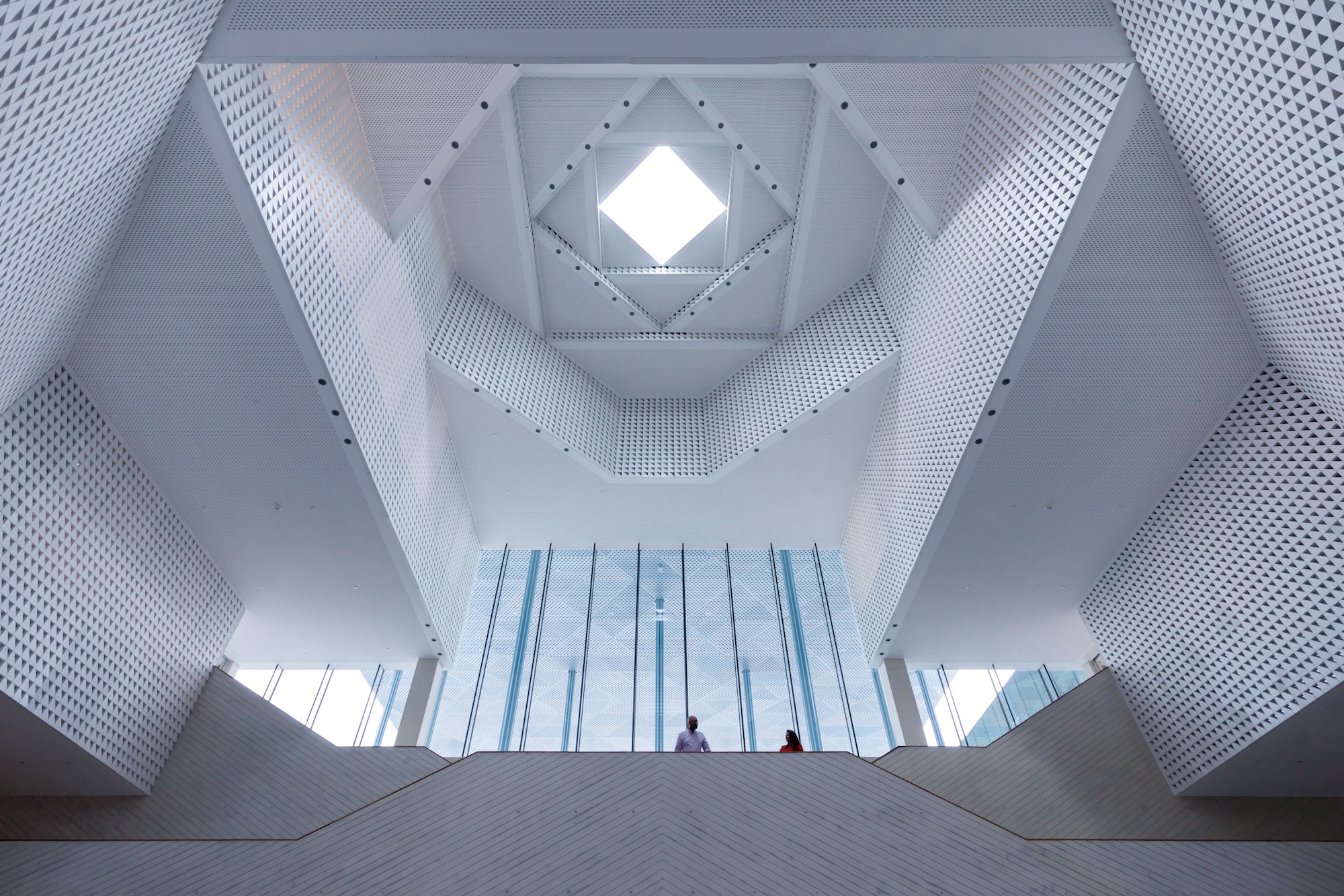 Houston's Ismaili Centre is the most dazzling new building in America. Here's a look inside
Houston's Ismaili Centre is the most dazzling new building in America. Here's a look insideLondon-based architect Farshid Moussavi designed a new building open to all – and in the process, has created a gleaming new monument
-
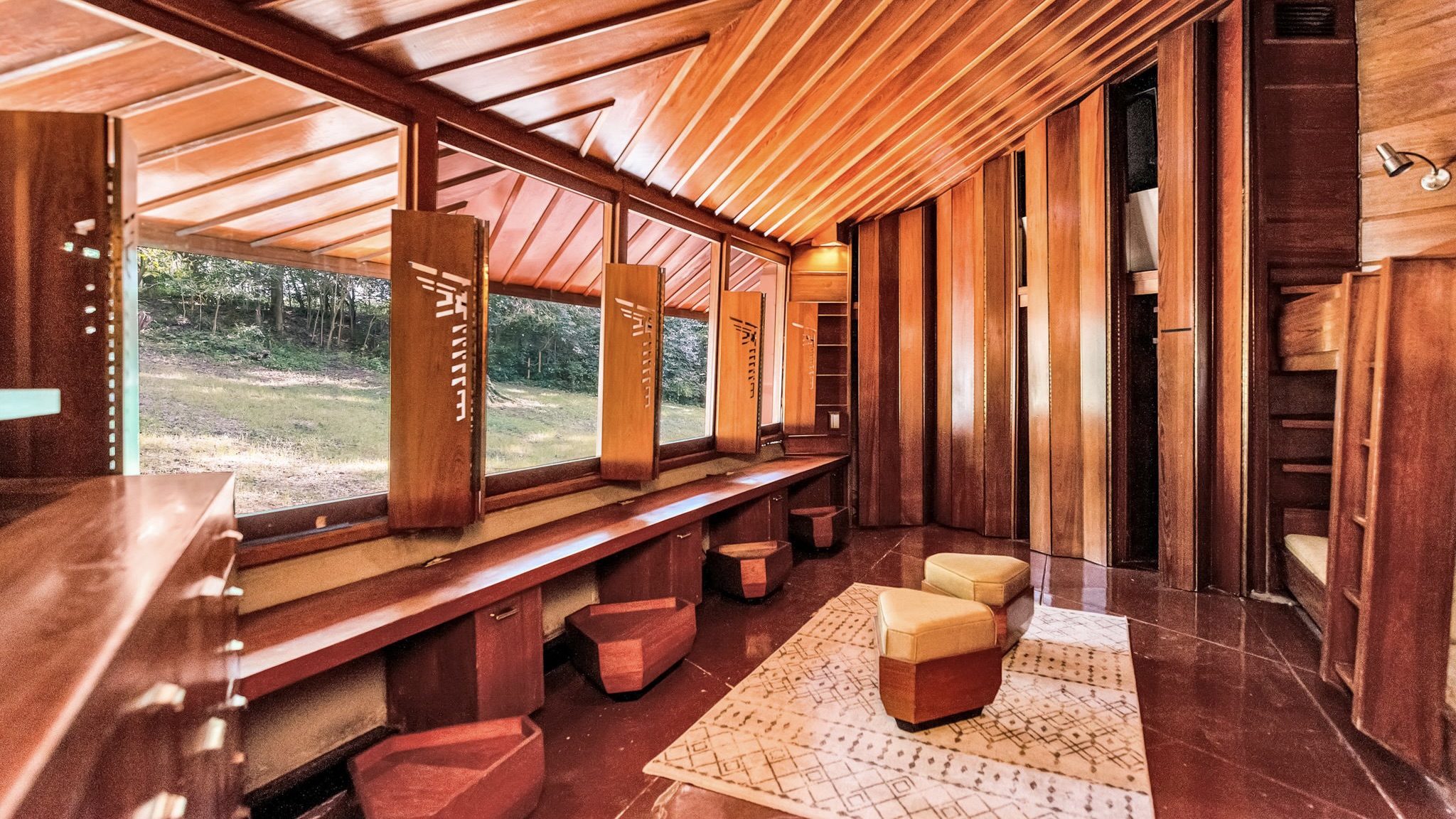 Frank Lloyd Wright’s Fountainhead will be opened to the public for the first time
Frank Lloyd Wright’s Fountainhead will be opened to the public for the first timeThe home, a defining example of the architect’s vision for American design, has been acquired by the Mississippi Museum of Art, which will open it to the public, giving visitors the chance to experience Frank Lloyd Wright’s genius firsthand